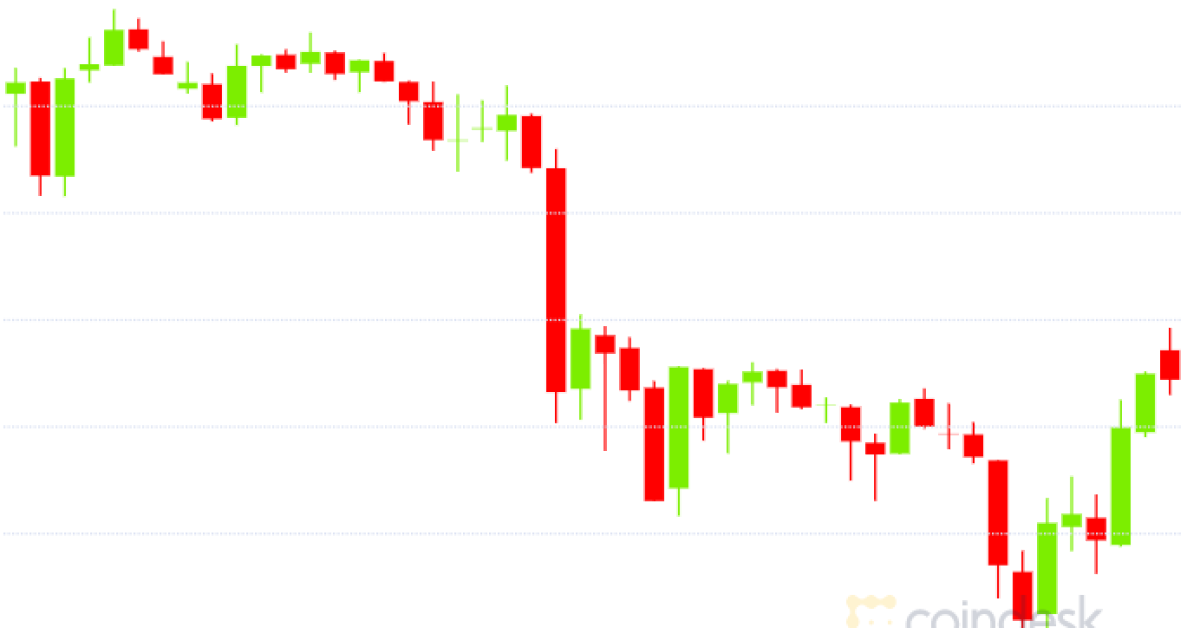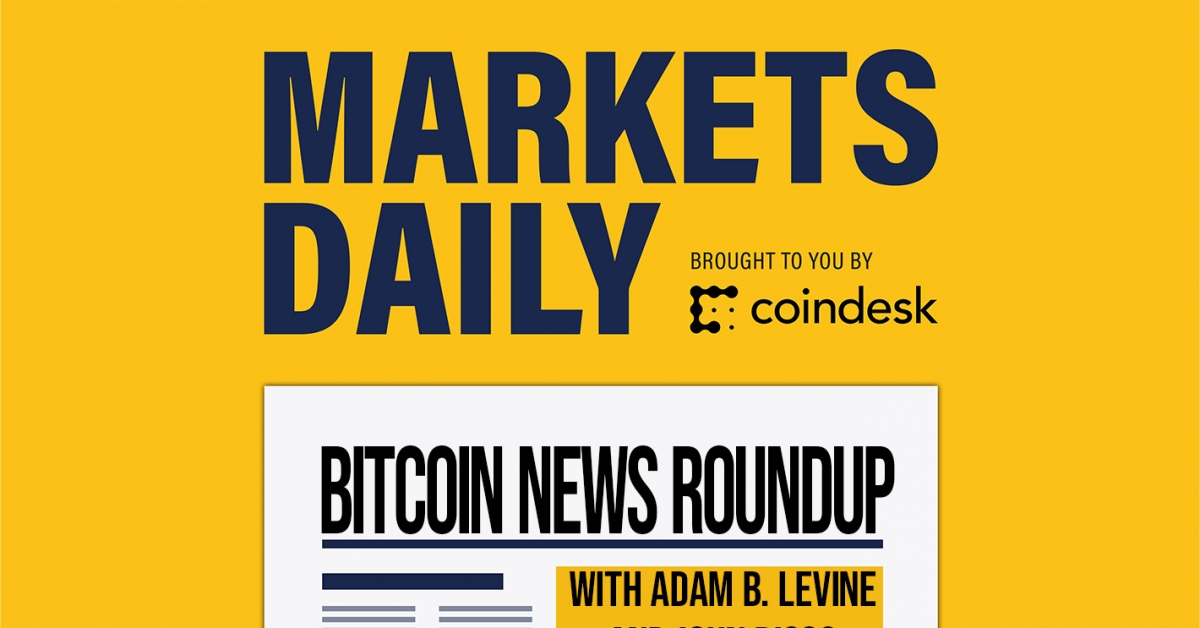A Sudden Onset of Hyperinflation: What Will Happen to Bitcoin?
I said I wouldn’t write about it. I promised. I swore.
Last weekend, Twitter was ablaze with reactions to former Coinbase Chief Technology Officer Balaji Srinivasan accepting a bet proposed by James Medlock that due to hyperinflation in the United States a single bitcoin would be worth $1 million in just 90 days (by June 15, 2023).
This article is excerpted from The Node, CoinDesk’s daily roundup of the most pivotal stories in blockchain and crypto news. You can subscribe to get the full newsletter here.
The bet loosely works like this: In 90 days, Srinivasan will send Medlock $1 million U.S. dollars and Medlock will send Srinivasan 1 BTC.
It feels like a marketing ploy. It is a marketing ploy. Srinivasan himself has admitted that this is an ideological bet and not a “money-making bet.” Instead this marks a moment to ring the alarm about the horrors of money printing and impending hyperinflation.
Before all this, he raised the “BitSignal,” a promise to pay $1,000 in BTC to people with the best tweets about the state of American decay. Last weekend, Srinivasan and the Twitter faithful raised the alarm: Financial ruin is nigh.
And then U.S. financial markets opened Monday morning flat. Balaji’s peers, venture capitalists such as Jason Calacanis, have had a mixed reaction. Calacanis called the bet “brilliant” because the increased attention would likely drive up bitcoin’s price, but caution Balaji about starting a bank run.
In any event, I’ll go on record: Bitcoin won’t be worth $1 million on June 15, 2023, because of hyperinflation in the United States. This is not financial advice. But instead of focusing on the bet itself, I’d rather focus on what a hyperinflated, $1 million bitcoin would even look like.
First and foremost, hyperinflation in the United States would be catastrophic for the global economy. Full stop. The fallout would be genuinely unfathomable. The U.S. is the beacon of stability for the rest of the world. Hyperinflation in the U.S. likely means hyperinflation everywhere.
But, at least we have bitcoin, right?
Right now you could get roughly $28,000 in exchange for a bitcoin. Under hyperinflation with $1 million bitcoin, you can get 35 times that amount for a bitcoin. If you have some bitcoin that might excite you. But don’t think of this as the dollar value of your bitcoin stack increasing 35 times. Instead, think about the price of bread, gas, rice, steak, cast iron pans, electricity, everything increasing 35-fold. It would be the same for your bitcoin.
And then there’s the glaring problem: How will you even spend your bitcoin? If you’re in a bitcoin economic ecosystem like Bitcoin Beach in El Salvador or Bitcoin Lake in Guatemala you’d probably be fine, because they have the infrastructure to support a local economy. But even with the many millions of bitcoiners out there and the many thousands of businesses that accept bitcoin and the hundreds of exchanges that will give you dollars for your bitcoin, is that enough?
Bitcoin needs to service billions of bitcoiners and millions of businesses. And where will those who had no bitcoin before hyperinflation get their bitcoin? Will the exchanges even survive the sudden onset of hyperinflation? Maybe they will. Maybe people will broadly begin accepting bitcoin for payment for goods and services. Maybe some will sell their possessions for bitcoin. Who knows?
The point is that right now bitcoin wouldn’t save us from sudden global hyperinflation. The ecosystem is simply not built out enough. We need more bitcoiners, more businesses that accept bitcoin, more bitcoin companies, more Lightning Network companies (to handle the increased transaction volumes) and more distributed mining.
See also: Paul Dylan-Ennis – The Rise and Fall of Bitcoin Culture | Opinion
How many more bitcoiners do we need? How many BTCPay Servers do we need to set up so companies can transact bitcoin? How many Lightning channels do we need to open? How many ASICs should be mining bitcoin?
More. We simply need more everything in bitcoin.
Hyperbitcoinization is the term used to describe a post-government-controlled-money world where bitcoin is the main global currency. Bitcoiners want hyperbitcoinization to improve money. Fix the money, fix the world.
But if we are thrust into hyperbitcoinization before the ecosystem is ready then we might not be in a position to actually use bitcoin even if it could save us.
Learn more about Consensus 2023, CoinDesk’s longest-running and most influential event that brings together all sides of crypto, blockchain and Web3. Head to consensus.coindesk.com to register and buy your pass now.
DISCLOSURE
Please note that our
privacy policy,
terms of use,
cookies,
and
do not sell my personal information
has been updated
.
The leader in news and information on cryptocurrency, digital assets and the future of money, CoinDesk is a media outlet that strives for the highest journalistic standards and abides by a
strict set of editorial policies.
CoinDesk is an independent operating subsidiary of
Digital Currency Group,
which invests in
cryptocurrencies
and blockchain
startups.
As part of their compensation, certain CoinDesk employees, including editorial employees, may receive exposure to DCG equity in the form of
stock appreciation rights,
which vest over a multi-year period. CoinDesk journalists are not allowed to purchase stock outright in DCG
.
:format(jpg)/s3.amazonaws.com/arc-authors/coindesk/509dbe31-e71d-4919-832e-6c3fb89ce470.png)
George Kaloudis is a research analyst and columnist for CoinDesk.









